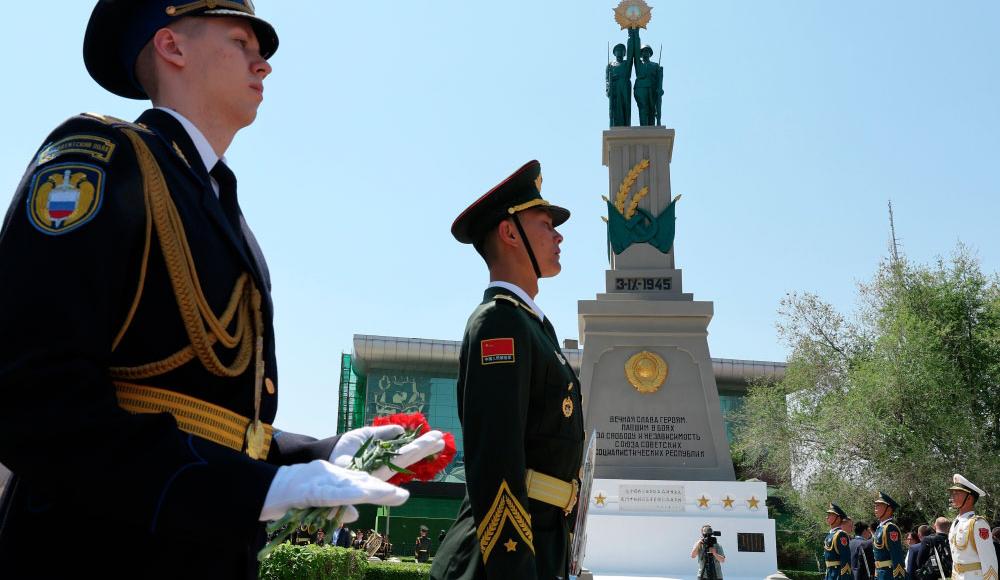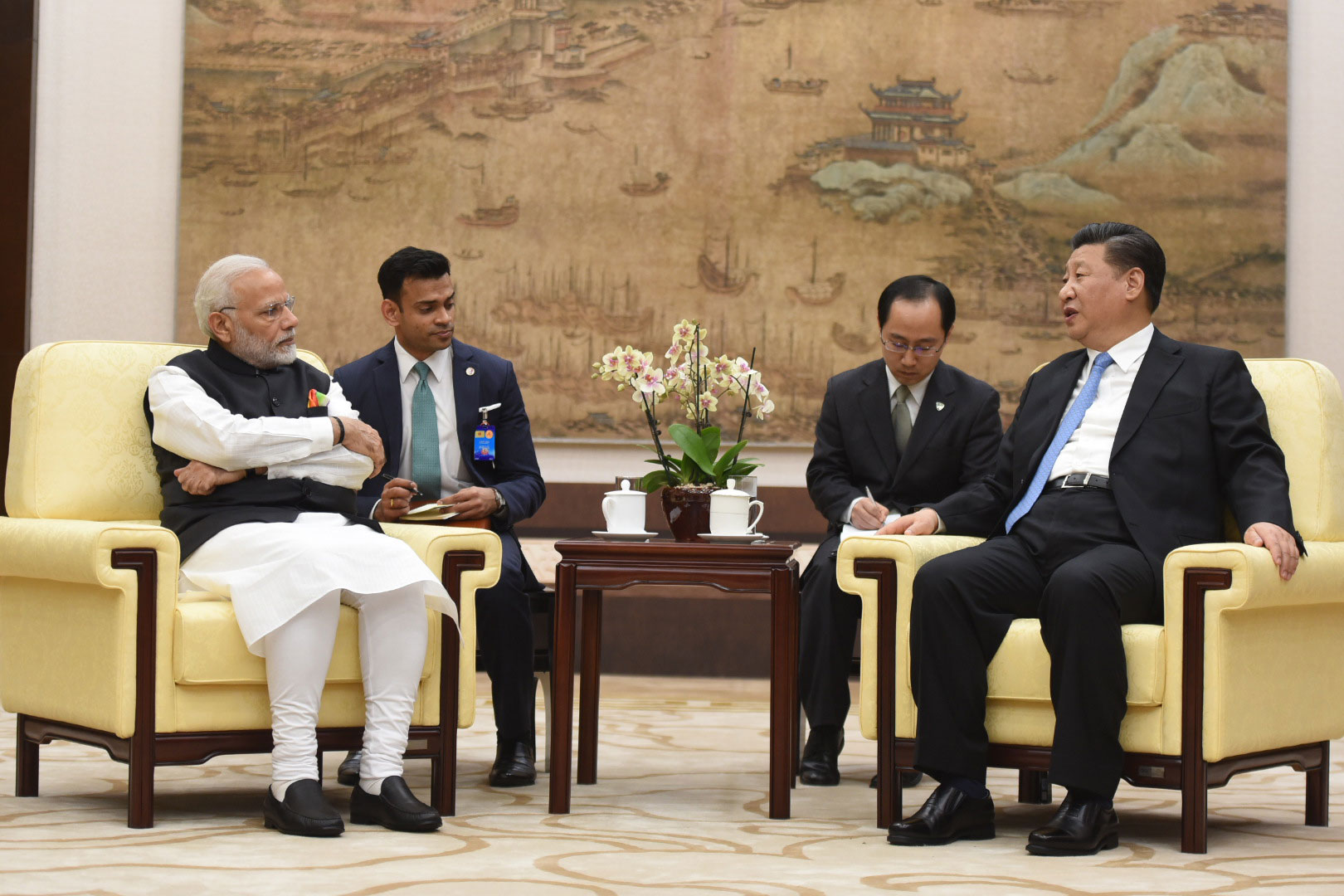India’s AI militarization has substantial ramifications for Pakistan, primarily in terms of security. On the conventional side, AI-backed systems can tremendously enhance logistic-system efficiency by cutting down costs, leading to India’s armed forces becoming more practical and efficient. AI systems would increase India’s cyber-war capabilities which includes defensive capabilities (secure communication links, protected military assets) and offensive capabilities (the ability to attack adversary military assets). Moreover, intelligent unmanned systems with the capability to provide incremental static regeneration (ISR) can serve a dual purpose: on the one hand, they can facilitate in identifying potential targets when used for analysing and interpreting data. On the other hand, they can substantially reduce the threat to employed military personnel patrolling in conflict zone.
The strategic environment of South Asia is already volatile and India’s ever-enhancing use of AI for military purposes erodes the strategic stability in the region and undermines deterrence policies between India and Pakistan. New START (New Strategic Arms Treaty) defines strategic stability as crisis stability — a lack of incentive to carry out the first strike — and as arms race stability, or the absence of motives to enlarge nuclear capabilities. AI enabled ISR capabilities allow the state to find, track, and target a wide range of its adversary’s military assets, enhancing the probability of an attack on strategic assets. The pre-emptive first strike capability reinforced by AI military technologies, alongside the perception of having that capability, could disrupt crisis stability.
“Technology, through automation and artificial intelligence, is definitely one of the most disruptive sources” (Alain Dehaze).
Landmark technological advancements in artificial intelligence (AI) in the current era have been incessantly modifying the strategic landscape and dynamics of warfare. India’s quest to infuse AI into their warfighting systems is grounded on reaping its colossal potential benefits such as increased precision, improved decision-making, and enhanced situational awareness. India is proactively integrating this pivotal technology into its defence sector, bringing serious security ramifications for Pakistan.
Investing in AI
In March 2018, India’s Department of Defence Production formulated a multi-stakeholder task force, the Task Force for Strategic Implementation of AI for National Security and Defence, to study the broad spectrum of issues pertaining to AI strategic ramifications. One of the salient recommendations of this task force was to combine India’s defence strategy with its AI defence strategy. Predicated on the proposal of the aforementioned Task Force, India also established the Defence Artificial Intelligence Council (DAIC), as well as the Defence AI Project Agency (DAIPA). DAIC is entrusted with providing a strategic direction for the incorporation of AI defence technologies and industry-government collaboration. As far as DAIPA is concerned, the country has allocated USD 13.2 million dollars (equivalent to INR 100 crores) to the agency for the implementation of AI-based processes in armed forces. Besides delivering 30 maritime AI projects in 2022, DAIPA anticipates to produce 25 AI defence products by 2024.
Another key institution nurturing India’s Research and Development in AI is the Centre for Artificial Intelligence and Robotics (CAIR). CAIR aims to further develop AI, communication and information security, command and control, and robotics. The Centre is credited for testing a wide range of drones such as Daksh — remotely controlled unmanned ground vehicles used to defuse explosives — coupled with Robosen and Sentry Bots for threat localization, and Ballbots for short range visual reconnaissance. Moreover, CAIR has developed and tested Rustom range unmanned air vehicles to carry out surveillance and reconnaissance. CAIR is also working on a developing a Multi-Agent Robotics Framework (MARF) to carry out mapping, exploration, search and rescue, and most importantly surveillance missions.
From a doctrinal perspective, the 2017 Joint Doctrine of Indian Armed Forces (JDIAF) had a profound impact on India and its mission to implement new technologies, by shifting the military approach to AI towards a tri-service integration framework. Overall, the doctrine stresses to maintain equilibrium between new and old technology, as defence-related tech not only acts as a strategic resource, but also as a force multiplier. India’s 2018 Land Warfare Doctrine reflects this by emphasizing the need to modernize the Indian army to ensure combat preparedness in a techno-centric environment, that has now been marked by the emergence of revolutionary military-tech such as AI and drones.
AI integration in the Indian army is evident from its employment in intrusion detection systems, unmanned mine detecting vehicles, remote weapon stations, language translation systems, and facial recognition. Moreover, the Indian Armed Forces have deployed 140 smart surveillance systems equipped with AI on India’s borders with China and Pakistan, entailing radar and UAV feed, sensors, and high-resolution cameras that in turn decrease the need for manual surveillance. The technological imperative caused by intelligent warfare has also compelled the Indian navy to enhance its war capabilities. The 2015-2030 Indian Naval Indigenisation Plan reflects this by supporting the modernization of military assets with high-end technology, signifying India’s intent to harness AI for amplifying its naval prowess. Additionally, India’s navy has developed the AI Core Group with the aim to support capacity building; train naval officers, seamen, and sailors in machine learning (ML) and artificial intelligence (AI). Furthermore, the Indian Navy will incorporate various AI features in modelling and simulation (M&S), augmented intelligence, propulsion and power systems, logistics, sensor technologies, and oceanography.
Interestingly, the Indian Air Force joined the AI race way before the army and navy, with the establishment of the AI Centre of Excellence on 10 July, 2022. The aim of this centre is to merge AI with its aerial warfighting capabilities. India’s armed forces have capitalized on military-technological breakthroughs in the domain of intelligence, surveillance, and reconnaissance (ISR). In result, it has enormously decreased time for collecting intelligence, data, and identifying assets. In the future, India aims to expedite weapon-to-target mapping.
Pakistan, however, has fallen behind India with lacking AI investment, especially in the military domain. However, Pakistan inaugurated the Presidential Initiative for Artificial Intelligence and Computing (PIAIC) in 2018, aiming to merge AI in business, research, and education. Military-wise, Pakistan’s air force has taken the lead in AI development by launching the Centre for Artificial Intelligence and Computing (CENTAIC) in 2020; it focuses on promoting predictive analysis, machine learning, big data, NPL (natural language processor), and deep learning. Moreover, it will facilitate the development of long endurance drones and 5th generation fighter jets under Project Azm of the Indian Air Force. In April 2023, the National Task Force on AI was established, devising a ten year roadmap to incorporate AI in the health sector, development, education, governance, and business.
Security Ramifications
India’s AI militarization has substantial ramifications for Pakistan, primarily in terms of security. On the conventional side, AI-backed systems can tremendously enhance logistic-system efficiency by cutting down costs, leading to India’s armed forces becoming more practical and efficient. AI systems would increase India’s cyber-war capabilities which includes defensive capabilities (secure communication links, protected military assets) and offensive capabilities (the ability to attack adversary military assets). Moreover, intelligent unmanned systems with the capability to provide incremental static regeneration (ISR) can serve a dual purpose: on the one hand, they can facilitate in identifying potential targets when used for analysing and interpreting data. On the other hand, they can substantially reduce the threat to employed military personnel patrolling in conflict zone.
The strategic environment of South Asia is already volatile and India’s ever-enhancing use of AI for military purposes erodes the strategic stability in the region and undermines deterrence policies between India and Pakistan. New START (New Strategic Arms Treaty) defines strategic stability as crisis stability — a lack of incentive to carry out the first strike — and as arms race stability, or the absence of motives to enlarge nuclear capabilities. AI enabled ISR capabilities allow the state to find, track, and target a wide range of its adversary’s military assets, enhancing the probability of an attack on strategic assets. The pre-emptive first strike capability reinforced by AI military technologies, alongside the perception of having that capability, could disrupt crisis stability.
It could endow India with the confidence to successfully carry out a decapitating counterforce strike against Pakistan. Deterrence perceptions become even more complex if India uses offensive counterforce capabilities in conjunction with its Ballistic Missile Defence Systems — India’s Advanced Air Defence (AAD) and Prithvi Air Defence (PAD) — during a possible second-strike attempt by Pakistan. AI-enabled precise targeting capabilities and swift data processing increases chances of escalation during a crisis as it can tremendously enhance prospects of hasty decisions that are grounded on limited information and may beget misinterpretation. Moreover, such technological advancements could potentially decrease the mutual vulnerabilities between both states that are indispensable for maintaining strategic stability.
Pakistan Response
With regards to arms race stability, the military asymmetry between India and Pakistan resultant of growing counter-force capabilities buttressed by AI is having a spill-over effect on Pakistan. Pakistan now feels compelled to invest in analogous AI military applications to maintain the balance of power with India, thereby generally aggravating an arms race between two adversaries and particularly with AI. Given India’s unremitting pursuit of AI-based warfighting capabilities, Pakistan will also seek an institutional mechanism for assimilating AI technologies in its military domain. This calls for the development of a Pakistan ‘Strategic AI Council’ that can provide strategic direction for the development of AI weapons. Under the auspices of this proposed council, new and existing AI-related institutions can either indigenously develop or procure AI defence equipment. Furthermore, AI incorporation at the tri-service level will be an instrumental step in furthering the military capabilities of the country. Collectively, it would curb the growing AI-related military disparity between India and Pakistan and concurrently upgrade Pakistan’s combat preparedness for possible AI-driven warfare.






